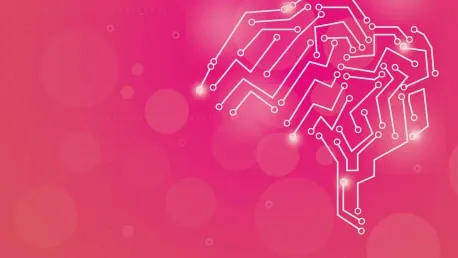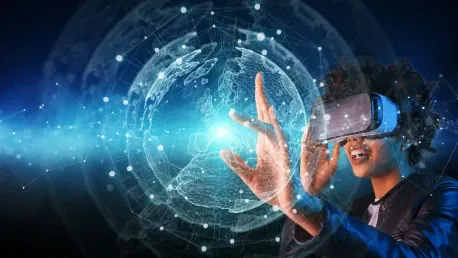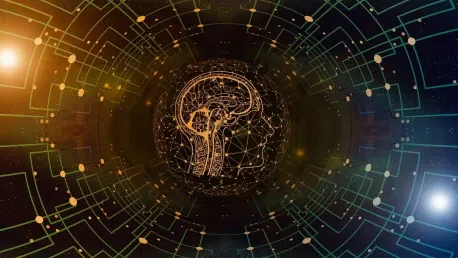
Generative Artificial Intelligence (AI) is rapidly transforming various industries, offering new ways for businesses to enhance productivity, reduce costs, and improve customer interactions. With the power to revolutionize how enterprises operate and make decisions, generative AI leverages large

The integration of artificial intelligence (AI) into Java development has become increasingly important as the demand for enterprise-grade applications continues to grow. Java developers are now able to leverage AI technologies without switching to languages like Python, which is predominantly

The 2024 Technology Excellence Awards were announced at PACK EXPO International, held from November 3-6, 2024, at McCormick Place, Chicago. This prestigious event, organized by PMMI, The Association for Packaging and Processing Technologies, celebrates notable innovations in packaging and

Disney has initiated the Office of Technological Enablement (OTE) to delve into the possibilities and challenges presented by AI, mixed reality (XR), and other emerging technologies. Led by former Walt Disney Studios CTO Jamie Voris and reporting to Disney Entertainment co-chairman Alan Bergman,

Artificial intelligence (AI) has become a buzzword in modern discussions about technology and the future of work. While AI promises to revolutionize various industries, its impact on labor is a contentious issue. Many argue that AI could lead to massive job losses, while others believe it will

Amgen Inc., a leading global biopharmaceutical company, is ambitiously pursuing the integration of advanced automation technologies to transform into a fully automated enterprise. Recognizing the immense potential of automation, particularly through artificial intelligence (AI) and machine